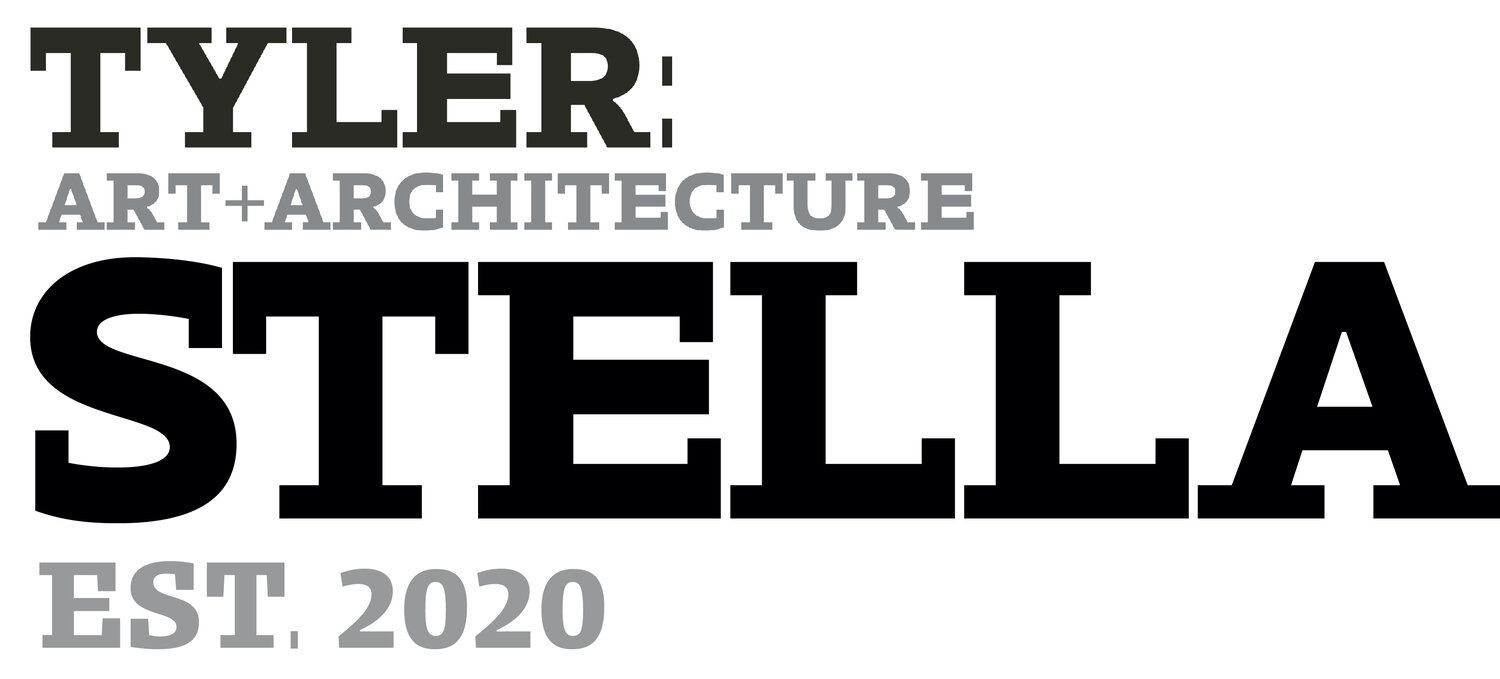The Shape of Writing
Before the printing press, sharing direct knowledge involved text written by hand. Paleography, or the study of different writing scripts, analyses these hands to recognize their forms and provide the tools to read past writings. It is, however, more than just a practical instrument: paleography allows us to not only identify various aesthetic features of handwritten letter forms, but also infer greater meaning from their presence in a particular book. Through paleography, we can extrapolate the text’s provenance, locate it in a more precise geographical area, within social groups (including religious, political, and socio-economical), tell the material objects that the scribe used to write, and sometimes even identify the author.
Paleography applies to every written language and linguistic family around the world. Some of its lessons can be applied to modern and contemporary understandings of writing, demonstrating that often the shape of writing is not casual, but holds a power worth investigating.
Mario Sassi






